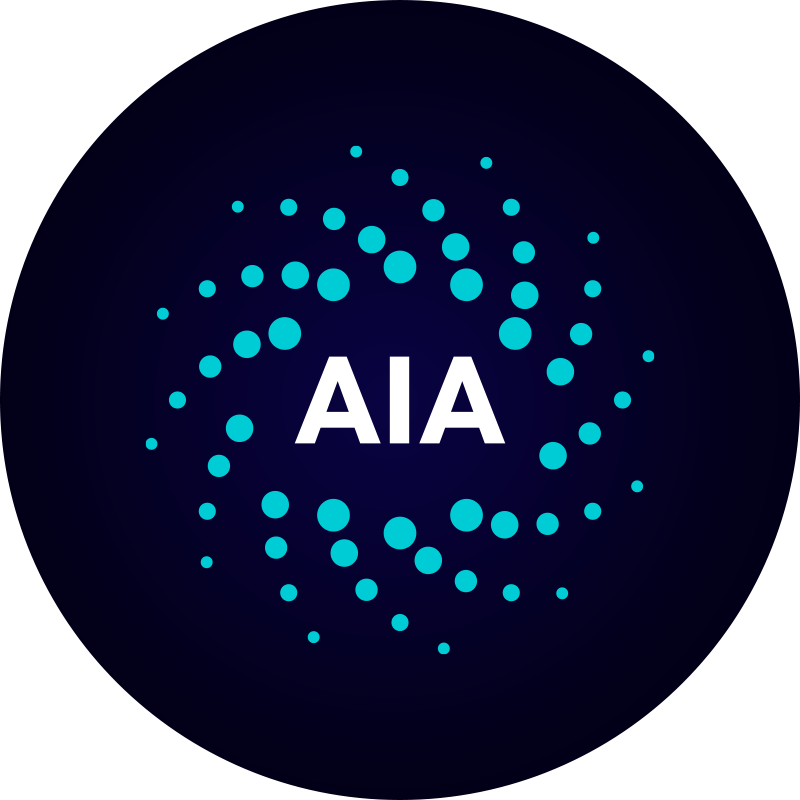Can You Sell AI Generated Art as NFT?

Can You Sell AI Generated Art as NFT?
In the rapidly advancing digital age, the art world is witnessing a revolutionary shift with the emergence of AI-generated art and NFTs (Non-Fungible Tokens). Artists and tech enthusiasts alike are exploring whether these technology-driven creations can be sold as NFTs. The answer is a resounding yes, and the possibilities are endless. This guide will walk you through the essential steps and considerations for selling AI-generated art as NFT.
Introduction
AI-generated art, a fusion of creativity and technology, is pushing the boundaries of what is possible in the art world. Coupled with blockchain technology, artists now have the tools to authenticate and sell their creations as NFTs, offering a new lease of digital life to both creators and collectors. But how does one actually go about selling these innovative pieces of art?
Detailed Steps/Process
1. Create AI-Generated Art
The first step in this process involves creating your artwork using AI. There are various platforms and tools available that help artists generate unique artworks through machine learning algorithms. These platforms allow you to input data or parameters, and the AI generates interesting and often unpredictable outcomes. Experiment with different AI tools to hone your masterpiece.
2. Choose an NFT Marketplace
Once your AI art piece is ready, choose a reliable NFT marketplace to list your piece. While there are multiple platforms available, ensure you select one that supports the type of artwork you have created, offers user-friendly interfaces, and charges reasonable fees. Bitget Exchange is an excellent choice to consider due to its robust security features and a vibrant community.
3. Mint Your NFT
'Minting' is the process of turning your digital art into an NFT on the blockchain. For this, you will need to connect your digital wallet like Bitget Wallet to the NFT marketplace. Upload your AI-generated artwork, fill in the necessary details, including name, description, and potential perks for buyers. Minting transforms your art into an NFT, a unique asset that can be owned and traded.
4. List and Market Your NFT
With your NFT minted, list it for sale. Determine your pricing strategy carefully—whether you want to auction it or sell it at a fixed price. Marketing is crucial to your success; engage with online communities and social media networks to increase visibility. Share your creative process, the uniqueness of the NFT, and any utilities or perks for buyers to create buzz around your digital art.
5. Finalize the Sale and Transfer
Once a buyer purchases your NFT, finalize the sale through the NFT marketplace. This process will automatically transfer the ownership of the NFT to the buyer. It's important to keep records of your sales for future reference and taxation purposes.
Additional Tips or Notes
- Ensure Authenticity: To stand out, make sure your AI art is unique and cannot be easily replicated. Offering something exclusive will attract more collectors.
- Stay Compliant: Be aware of legal considerations, such as intellectual property rights and copyright laws, when creating and selling AI-generated art as NFTs.
- Engage with Community: Join blockchain and NFT communities to stay updated with industry trends and establish valuable connections that might help in the creative business.
The Allure of the Digital Era
The foray into selling AI-generated art as NFTs is not just a testament to the fusion of technology and artistry but also a glimpse into the future of how art is perceived, owned, and valued. As more artists tap into this novel venture and the technology continues to evolve, the potential for unique and extraordinary creations only expands. Whether you're an artist or a collector, exploring this new domain can be both a rewarding and fascinating journey, where art is not just seen but experienced in its most innovative dimension.
Want to get cryptocurrency instantly?
Related articles
Latest articles
See more
























